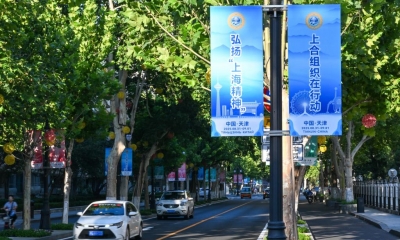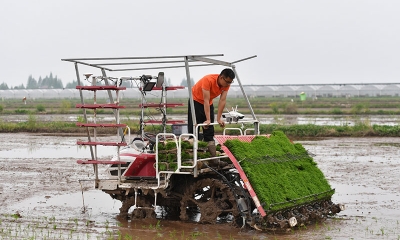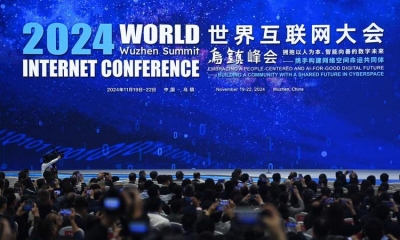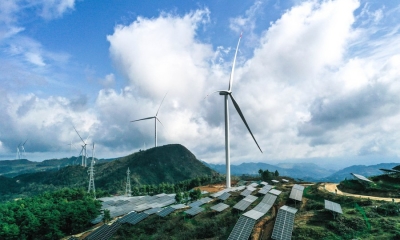Trade Routes to the Future: SCO’s Economic Transformation
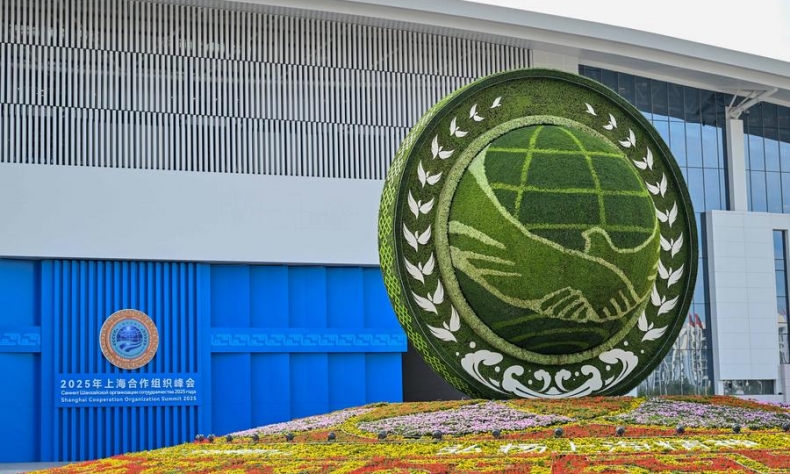
If it succeeds, the organization will not just represent nearly half of humanity on paper, it will shape the daily economic lives of that half in tangible, lasting ways.
When the Shanghai Cooperation Organization (SCO) was launched nearly a quarter of a century ago, its charter was dominated by concerns of terrorism, separatism, and regional stability. Today, while security remains a pillar, it is the business ledger, not the security playbook, that increasingly defines the organization’s weight. The numbers are persuasive: in 2024, China’s trade with SCO member states hit $512.4 billion, marking a 2.7 percent increase from the previous year. The figure is not just a record; it is a signpost to where Eurasia’s economic future is being negotiated.
Of that total, China imported nearly $90 billion worth of crude oil, natural gas, and coal, alongside $13.66 billion in agricultural products. Energy accounted for about one-fifth of China’s total imports, underscoring how the SCO trade relationship is no longer peripheral but central to China’s resource security. For countries like Russia, Kazakhstan, and Uzbekistan, it translates into steady export revenues at a time when many traditional markets are volatile. This trade anchor binds the SCO together in ways that military doctrines never could. The steady flow of energy and agricultural goods north and east, and the parallel outflow of manufactured goods and digital services from China, creates interdependence that stabilizes political relationships.
Equally important is the web of Chinese enterprises — over 3,000 — set up in SCO member states, employing 200,000 people annually. These are not token gestures; they are manufacturing hubs, logistics nodes, and service centers woven into the local economies of Central Asia, South Asia, and beyond. For Uzbekistan and Kazakhstan, Chinese industrial investment has plugged gaps in job creation. For Russia, it provides an avenue to compensate for curtailed access to Western markets. For Pakistan and India, it hints at the potential of industrial cooperation in supply chains that stretch across the region. This industrial embedding is what transforms trade from a transactional statistic into structural integration. Once factories, warehouses, and service centers are in place, the cost of disengagement rises, and the incentive for cooperation multiplies.
Another sign of business momentum is the 34 percent growth in cross-border e-commerce within the SCO in 2024. This surge reflects not only consumer demand but also digital infrastructure knitting markets together. Payment platforms, digital logistics, and common regulatory frameworks are in early stages of coordination, but the trendline is clear: SCO commerce is as likely to flow through smartphones as through freight trains. Equally transformative is the rise of renewable energy across the region. SCO countries collectively added capacity that now totals 2.31 billion kilowatts. That scale positions the organization not just as an energy exporter but as a laboratory for the green transition. Chinese financing of solar and wind farms in Kazakhstan or Kyrgyzstan is already producing spillover benefits in local grids and job markets.
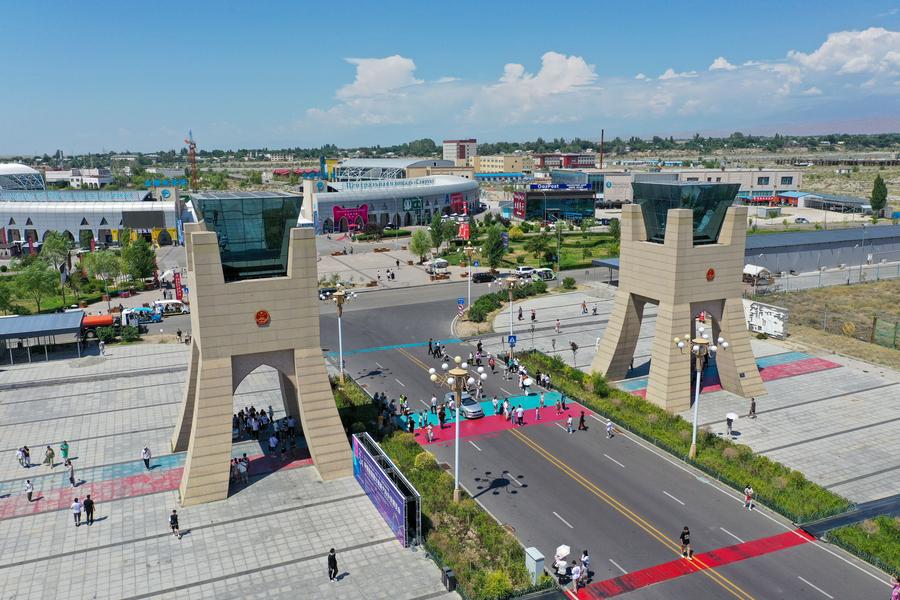
No business architecture can thrive without arteries, and the SCO’s arteries are its transport corridors. Railways from western China into Kazakhstan, pipelines across Siberia, and multimodal hubs at Caspian ports are expanding the region’s logistical reach. Kazakhstan alone recorded $44 billion in bilateral trade with China in 2024, its highest ever, much of it facilitated by new container hubs and rail links. For landlocked Central Asian states, such corridors mean options: access not just to China, but through China to Southeast Asia and maritime markets. For China, they ensure supply lines are diversified and resilient, reducing reliance on chokepoints elsewhere.
What underpins all this is a climate of steadily growing investment flows. SCO states are experimenting with special economic zones, tax incentives, and industrial parks to court Chinese and regional investors. The reciprocal aspect — where Chinese companies benefit while host states secure jobs and infrastructure – has so far produced relatively few controversies compared to Western-style foreign direct investment patterns. Yet challenges remain. Varied regulatory environments, uneven infrastructure quality, and the perennial risk of protectionism complicate smooth business operations. Inconsistent customs regimes add costs. The SCO’s next task is not simply to report bigger numbers, but to harmonize rules, digitalize customs procedures, and reduce non-tariff barriers that still fragment its vast market.
For the SCO, business is more than prosperity. Security cooperation may reassure governments, but trade and investment are what ordinary citizens experience. Jobs created by Chinese-backed textile plants in Uzbekistan or e-commerce platforms in Russia do more to embed the SCO in public consciousness than communiqués on counter-terrorism. At the same time, the region’s economic record is its best response to skeptics. Western observers often dismiss the SCO as a “talk shop” or a geopolitical counterweight without substance. Yet $512 billion in trade and the steady rise of e-commerce and renewable investment suggest a different reality: a regional platform that delivers measurable economic dividends.
Looking ahead, the Tianjin summit will be judged not by its ceremonial optics but by its ability to consolidate this trajectory. Can the SCO build common digital platforms to smooth cross-border payments? Will it accelerate the rollout of multimodal logistics linking Central Asia to South Asia and Europe? Can it align renewable energy development with financing mechanisms that reduce debt risks? These questions highlight the SCO’s pivot: from a security-first forum to a business-driven community. If it succeeds, the organization will not just represent nearly half of humanity on paper, it will shape the daily economic lives of that half in tangible, lasting ways.
The 2024 trade figures suggest that momentum is real. The challenge of 2025 and beyond is to sustain it, expand it, and ensure it is balanced among members. For China, the SCO offers markets, energy security, and logistical depth. For its partners, it offers investment, jobs, and access to global value chains. This is business as diplomacy, commerce as security. If the SCO can keep the ledger balanced, its economic promise will outshine its origins, turning a once-narrow security club into an engine of regional prosperity.
The article reflects the author’s opinions, and not necessarily the views of China Focus.
 Facebook
Facebook
 Twitter
Twitter
 Linkedin
Linkedin
 Google +
Google +




